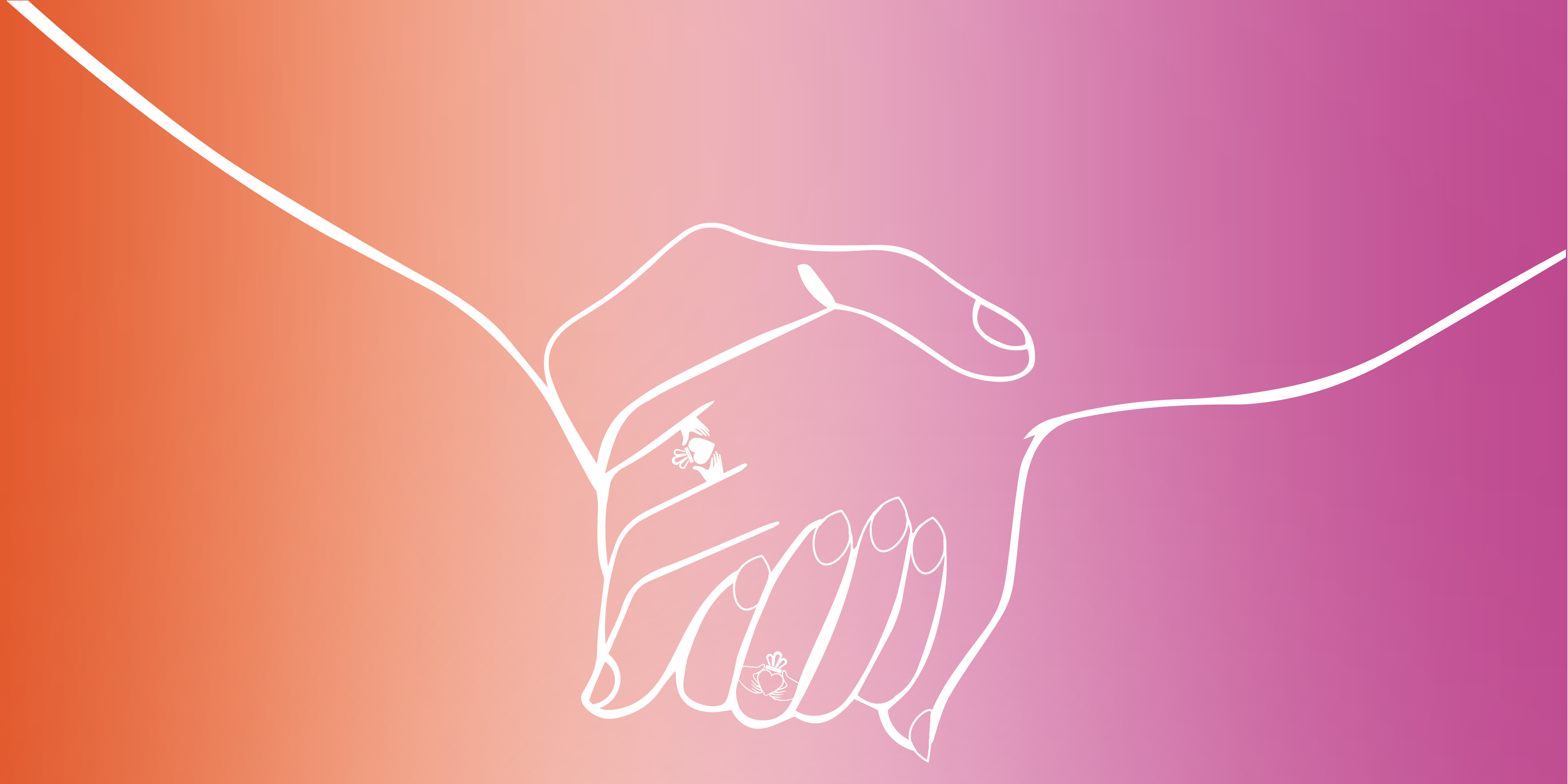“I’m not sure if I love you or I’m in love with you.”
As is the familiar position of many pals after a night soaked in Bud Light and shots of Greek liquor, my best friend of seven years and I found each other in her bedroom, tangled in her sheets. We ended many nights like this, talking until one of us could barely keep our eyes open.
We were facing each other, lying side by side, illuminated only by the streetlight stealing in from the window behind her.
“Have you ever been suspicious of our friendship?” she asked me.
Then, I uttered the fatal words: “I’m not sure whether I love you or I’m in love with you.”
She inhaled sharply, absolving all the tension in the world, pupils taking in the nighttime. She pulled me closer.
It was only then that I realized I should’ve interrogated that thought before I said it aloud.
“I’m not sure if I love you or I’m in love with you,” has a certain gravity to it, one that at that moment I’d never fully considered. My admission had just slipped out to probably the most important person in my life. She was my high school best friend, I thought I was probably straight and my head was spinning from the ouzo I’d drank.
What was I thinking?
But now, looking back at that January night, it’s no surprise what had slipped out of my mouth. Something between friendship and romance was there all along, dog-earing our memories as friends.
In a work dissecting the history of queer women friendship and relationships, Maria Popova writes:
“It’s been argued that friendship is a greater gift than romantic love, but what about that strange, wonderful, and often messy neverland between the two … ?”
What happens when romantic love and friendship converge? When does one end and the other begin?
For me, maybe they met in the sunlight that played off of her curls on our summertime weekends in West Michigan, or in the middle of one of our all-nighters in my childhood bedroom or her parents’ basement, tangled in a conversation along with our insights and questions.
It was involuntary. Like a reflex, I didn’t evaluate before it happened. But when my hand found hers, it fluttered away just as fast.
Or, when we would play music together — she on fiddle and I, cello — her melodies fluttering above mine, meeting at the ends of our phrasing.
Or, at the lip of the lake on the ledge at the following sunrise, we’d always catch from Montrose.
Or maybe it was at our own fingertips — a month before our conversation, while jaywalking in Atlanta, I’d reached out to hold her hand in the middle of the street. It was involuntary. Like a reflex, I didn’t evaluate before it happened. But when my hand found hers, it fluttered away just as fast. I think we were both embarrassed in the aftermath — neither of us mentioned it.
But on our way home, lingering behind our friends, her hand reached out for mine. We kept them intertwined all the way home. Neither of us said a word of it after.
In hindsight, in memories, something between us was there all along — shifting to fit the script of a heteronormative society, one that never assumed us to be anything other than “best friends.”
The thing about emerging from that “messy neverland,” is that there’s no script — no clear cut role of who pays for dinner, who drives, who holds the door and what to do when a hotel clerk gives you a confused look as he checks you into a room with one bed — but we are figuring it out.
I could say that it took me a while after that night to figure out whether I loved her or was IN love with her — but it took eight days. So, I guess I exaggerated when I said there’s no script for us because we pretty much nailed the lesbian U-Haul stereotype one.
I guess my definitive answer lies in that January night when friendship and romantic love finally converged in one terrifying conversation. I couldn’t tell you when we quite entered it, neither could she … but we stepped out of that messy neverland nearly a year and a half ago – and aren’t looking back.
Header by Annie Gidionsen




NO COMMENT